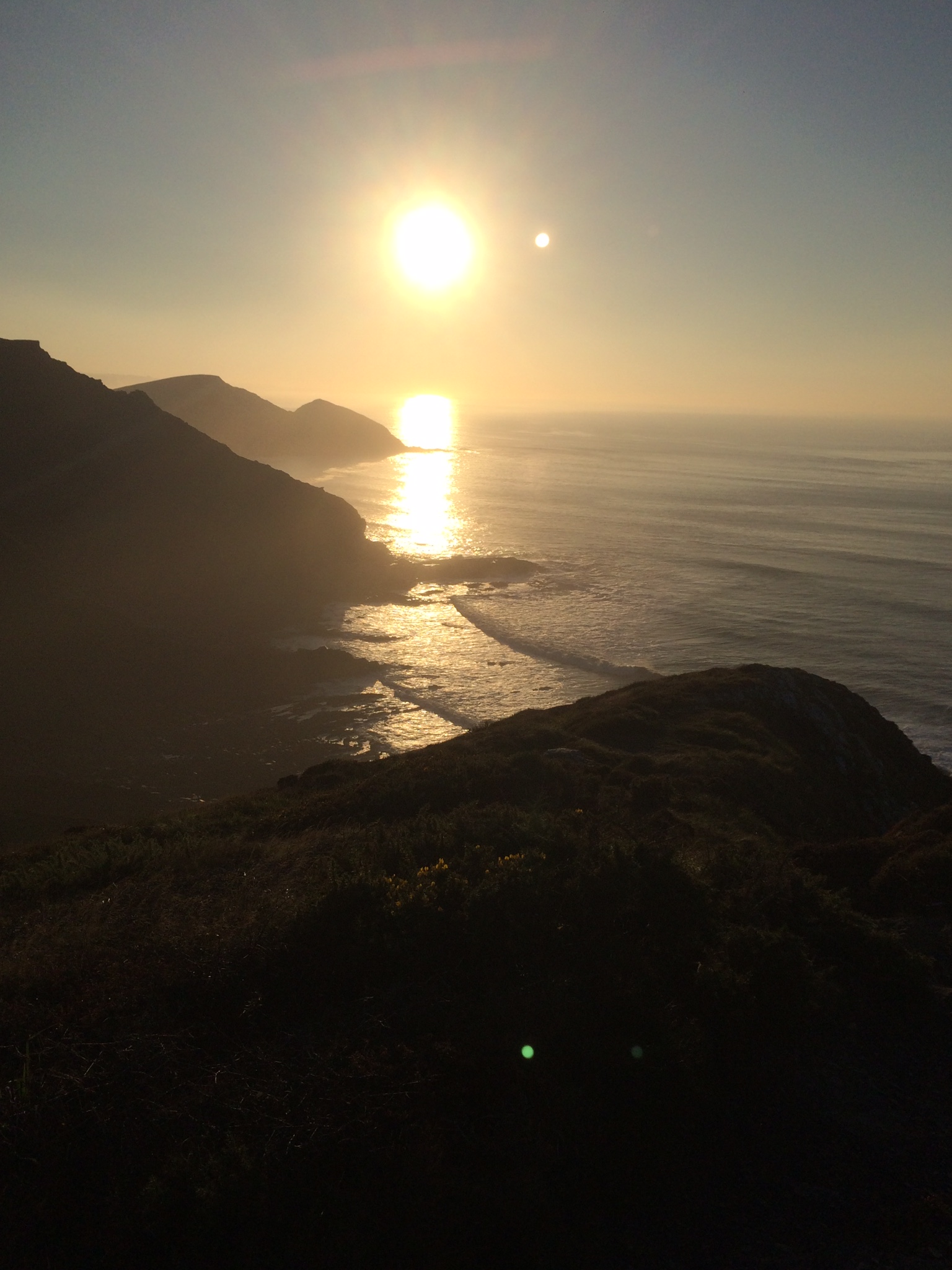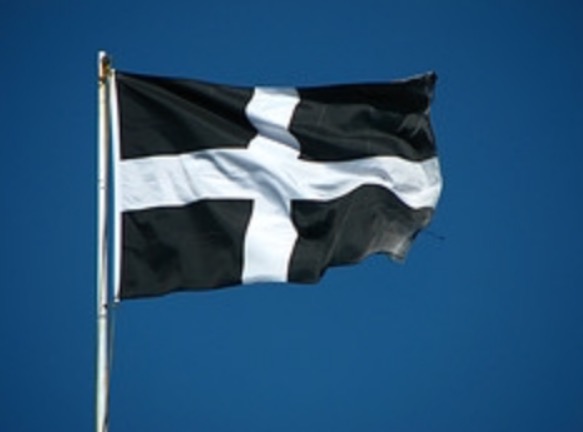I was born in the north of England and grew up in Sussex down in the south east, but more recently spent many years living in Cornwall in the far south west. This rugged sea-washed spur, known also as Kernow in the Celtic tongue, thrusts west from Devon and is almost an island, with the River Tamar separating it from the rest of England. But it’s not just a physical divide. Cornwall is different: the mood, the atmosphere – whether on open moor or in deep sheltered wood, or else amongst the ancient graveyards of the sleepy old stone churches, or most especially, where the Atlantic Ocean crashes urgent into granite coves.
For years this wild area has appealed to artists, poets and writers, the unique brightness of the light found around St Ives attracts many such folk to that region. But it’s not just a tangible feeling. Cornwall is old. Its bones buried deep in mystery and lore. Once a Celtic Kingdom and like Wales a last bastion when the Saxon invaders pushed the Romano British ever further west. Before the yellow haired raiders (the future English) came, Kernow thrived. It’s people exported copper from its mines, and traded with their Celtic cousins from Ireland, Wales and Breton on the edge of France. Many an Irish saint passed through this land journeying on to distant Rome. Their names still parade rural roadsigns today: St Issey, St Columb, St Neot, St Clear and St Genny’s, among many others. St Piran must have stayed a while for he became Cornwall’s patron saint. Ironically an Irishman – just as Saint Patrick of Ireland was British 🙂 but back then they travelled a lot, those wandering saints. The ‘Saints Way‘ threads south from the Atlantic to the English Channel and can still be walked today.
Cornwall still retains much in common with those other Celtic regions. Stone crosses mark lesser travelled paths. Dolmens, stone circles and lone granite sentinels watch silent from field and moor, each with a tale to tell, whilst faerie glens, magical pools and sacred wells all hint at what lies beneath – a vibrant and hectic mythology and a cornucopia of wonderful beings. Amongst them, giants, witches; a collection of mischievous faerie types: Spriggans, Piskies, Bucca and knockers (Most of which can be found in Scotland, Ireland and Brittany too – the spellings different but the characters similar. The illustrious Irish leprechaun has much in common with his lesser known cousin the trixie Cornish piskie. And they say the knockers still lurk down their in the tin mines living off crusts of pasties gone by) Apropos of nothing, Skinners of Truro brew a terrific ale called Cornish Knocker. I always recommend it to my American pals as Proper Beer. There’s another one they make called Ginger Tosser, but I’m not prepared to comment on that.
Aside these colourful imps of folklore there are the Arthurian Legends which echo constant through time. Enriched by Malory’s Le Morte D’Arthur and Lord Tennyson’s Idylls of the King, the tales of Lancelot and Guinevere, Tristan and Iseult, magical Lyonesse, and bloody desolate Camlann, where Arthur and Mordred ended each other – all rich tapestries from a different age.
One has only to stand on the windy crags overlooking Tintagel Castle to feel the magic of a different place and time. Geoffrey of Monmouth claimed in his History of the Kings of Britain that Brutus (a son of Aeneas survivor of Troy not the guy who did for Julius Caeser) settled in Cornwall after many years traveling and became fast friends with that lands first king – Corineus. The latter a renown warrior famous for defeating the giant, Cormoran who at that time lived on St Michael’s Mount near Penzance, and used to behave rather badly, hurling rocks at his fellow giant over on Trencom hill. So they do say. Apropos, the aforementioned Brutus gave his name to the island of Britain. Those of you like me born in the early sixties might recall the movie Jack the Giant Killer starring Kerwin Matthews and featuring ground breaking stomping monster visuals by Ray Harryhausen, the movie idea was taken from Corineus’s defeat of Comoran – as a kid I thought this was great though it looks a bit rubbery now.
As a writer of fantasy fiction I found Cornwall my natural home, and being of Celtic descent, slipped easy into the shifting moods pervading this land of mist-blown coasts and craggy, tor-topped moors. I hint at these moods and atmospheres in my ghost story – The Haven, a tale as much about evocative Cornwall as it is about characters and plot. You have to walk those empty twisty lanes in late November, hear the wailing winds bend the phone wires like cord above your head, listen beyond that to the relentless distant crash of wave on rock. Accompanying the surge and sigh, the cry of a lone white gull cutting clean through slatey skies, and the cold cling of salt breeze stinging your winter cheeks. These are the times when your world stands still. This is the Kernow that I cherish. In July and August Cornwall’s soul is buried beneath a noisome storm of tourists and traffic, but any visitor braving the darker months can feel the hidden magic of this truly special land.
The flag image at the top is St Piran’s Cross a sight seen throughout Cornwall. The photograph below is of the North Cornish Coast close to where I uesd to live. Give youself a treat, dearest reader – go visit this magical realm! J.W.W.


